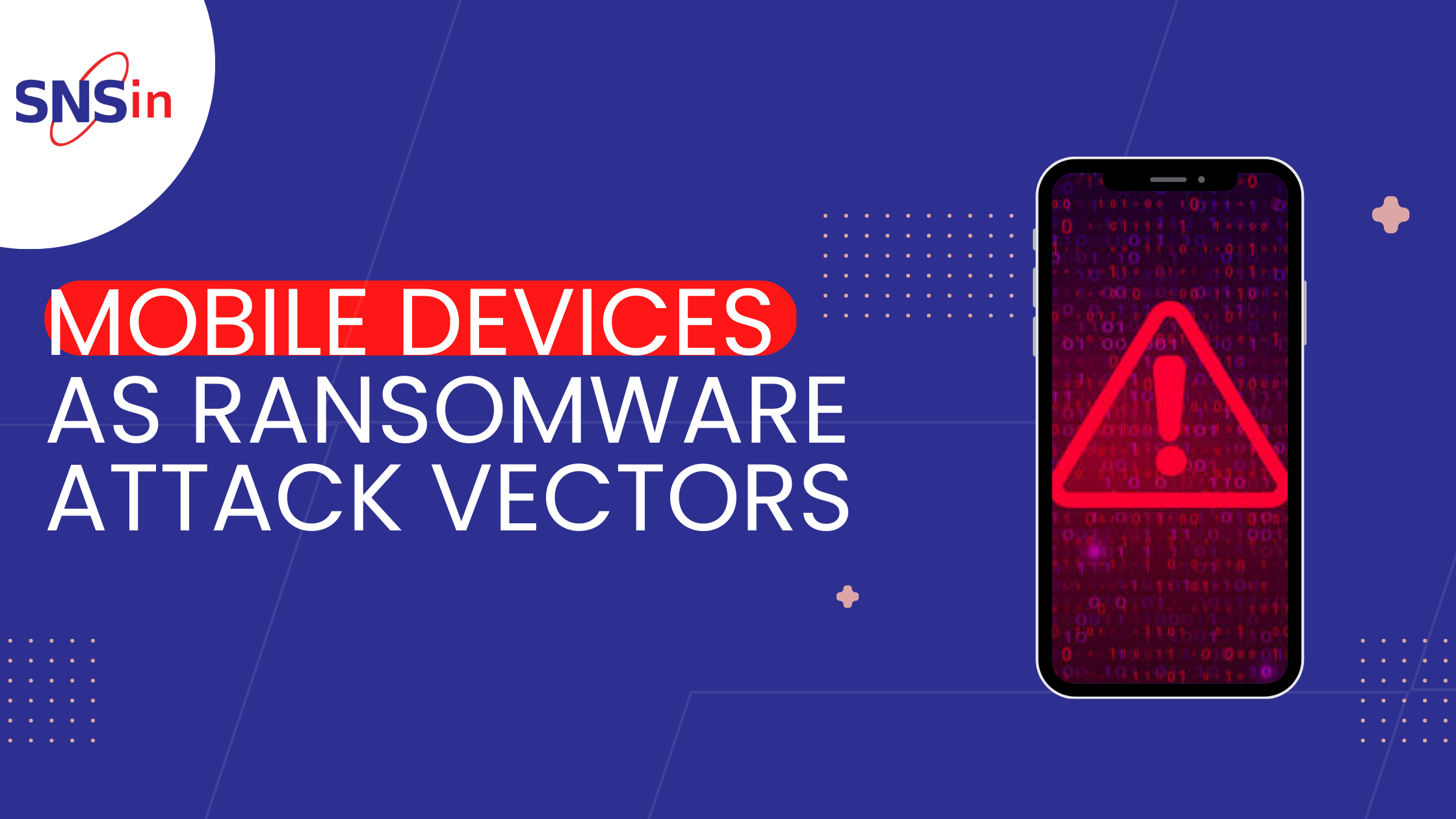Cybercrime has gradually solidified its roots in many types of business and industries. The past few years have seen organizations strengthen their technological infrastructure to combat this steadily growing problem. However, it is unfortunate to establish that cybercrime and hackers are taking an ugly route and taking advantage of technology in order to perpetuate drug trafficking and sexual abuse. This phenomenon is becoming a reality in not just a select few, but all countries in the world.
CYBERCRIME AND SEXUAL ABUSE- THE MODUS OPERANDI
Online sexual abuse and sexual exploitation involve using information and communication technology to sexually abuse and exploit children or women. Perpetrators of this crime commit abuse or attempt to abuse those in vulnerable or differential positions or belong to a section of society where influence and power are negligible for the monetary benefit and sexual exploitation.
The availability of the internet has become easier for children due to technological advancements and socioeconomic development. More so, in the years since 2020, more children have access to smartphones and tablets as education adopted the digital route to exercise social distancing. This has given cybercriminals more motivation to cash in on the vulnerability of women and children.
Having access to the internet also means that youngsters have profiles on social media platforms where they share their private life. 84% of children share personal information online. Information may include following posts the child makes on social media applications about the weather, a local festival or carnival, any activity they participated in over a weekend, and so on. Hackers and cybercriminals use emails and social media platforms to hack into private data shared by people and send illicit and sexual materials over social media.
While explicit content sharing is one way that sexual abuse takes place, criminals may also harass vulnerable people by directing derogatory comments and obscenities at specific individuals focusing on gender, race, religion and nationality etc. This may occur in chatrooms and hate emails.
STATISTICS
According to a report by the Economic Times, only 27.6% of criminals were convicted for cyberstalking and bullying. For the publication of sexually explicit content, the conviction rate is 47.1%. In 2020, 600 males and 19 females were arrested for the offences committed. The report also provided information on the intent behind the registered and committed cybercrimes, with ‘sexual exploitation coming in second after ‘fraud.’ In 2020 alone, 872 women became victims of digital stalking and bullying, as per the report.
Additionally, 557 cases were registered in Maharashtra on sexual exploitation as a motive for cybercrime. There were 560 and 483 cases in Uttar Pradesh and Assam, respectively.
Two years ago, the ‘boys locker room’ Instagram group made headlines when screenshots were leaked showing boys posting inappropriate pictures of teenage girls without their consent and making offensive and violent remarks about them.
THE INTERNET AND DRUG TRAFFICKING
The last decade has seen the development of technology in a manner that has acted as a facilitator of online drug markets. Darknet markets have been operating as commercial websites through proxy servers. Drug traffickers generally use encrypted messaging tools to build communication with handlers.
A famous example of drug trafficking by way of cybercrime would be the cyberattack on the port of Antwerp in Belgium from 2011 to 2013. Huge amounts of drugs and cash were recovered in a police raid earlier. According to reports released later, hackers were hired by drug traffickers with the purpose of breaching IT systems which were used to control the movements and location of the containers. By the time the software breach was discovered, the hackers had maliciously gained entry into the systems and stolen the data that enabled the transportation of drugs like cocaine as legitimate cargo.
The rise in drug trades over the internet could also be attributed to the lack of face-to-face communication. Sometimes, drug traffickers arrange deals at internet cafes, use courier websites to track illegal packages of pills, and exchange recipes for amphetamines in restricted-access chat rooms. Virtual exchanges often allow more intimidated individuals to comfortably purchase banned substances illegally.
CONCLUSION
Taking any preventive measure against drug trafficking and sexual abuse through the internet is not easy, as cyberspace has absolutely no limits. Both have become almost a trade international in nature, and law enforcement agencies may not always be effective because of the complexity of cyber attackers. Mere one or two arrests here and there won’t create any difference. International laws and partnerships across nations will have to be strong. Nations should help one another in case of investigation or extradition of a criminal. Overall, to neutralize drug trafficking and sexual abuse by cybercrimes, one nation’s law is never sufficient since the problem itself does not belong to a single nation but spans the world.
About SNS
Secure Network Solutions (SNS) provides a quantifiable, risk-based approach to building a global structure of cybersecurity, based on internationally recognized frameworks and practices. We have been providing services and catering to clients across industries for the last 20 years. Write to us at [email protected].




